By Christine Rai
Connections to the Past
Experiencing history, whether reading a book, watching a documentary, or visiting a site, invites us to humanize the past and make meaningful connections. Abstract facts and dull dates can transform into realities that impacted people’s daily lives, hopes, and fears. When we connect with history in a way that is dynamic and empathetic, it has the potential to positively transform us.
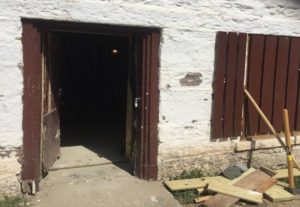
C&O Canal Lockhouse 21, historic home to the Swains family, is undergoing interior renovations.
Lockhouse 21 and the Swains Family
C&O Canal Lockhouse 21 was home to the Swain family for almost 100 years. Swains had been working on the canal since 1830 when John Swain helped build the canal, and his sons and grandsons ran the canal boats. By transitioning to the more settled life of a lockkeeper, Jessie Swain was able to enroll his children in school, and allow the Swains to develop supplemental income from renting boats, selling produce, and offering fishing supplies. The last Swains—Jessie’s grandsons, Bert and Fred—left the lockhouse in 2005.
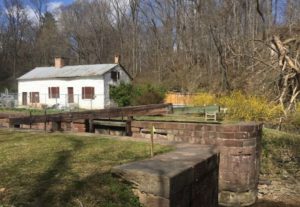
Swain family history is intertwined with C&O Canal history.
Swains Lockhouse in 1916
The Swains Lockhouse is being renovated and will be furnished to represent much of what life would have been like for a lockkeeper in 1916, eight years before the canal ceased operation in 1924. As the United States transitioned from a largely agricultural and rural economy to a more industrial and urban-suburban model, the Swains and other Americans adapted to the new technology, opportunities, and challenges of the era.
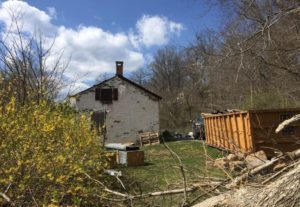
C&O Canal Lockhouse 21 renovations will reflect life in 1916.
Last Days of the C&O Canal
In 1916, Montgomery County was primarily rural and the C&O Canal still operational, though facing challenges of infrastructure maintenance, competition from developing technologies, and natural forces. Though some modern inventions such as cars, telephones, and electric lighting were available in this decade, they were mainly reserved for wealthy urban Americans. Most folks still used 19th century technology like the horse and the C&O Canal!
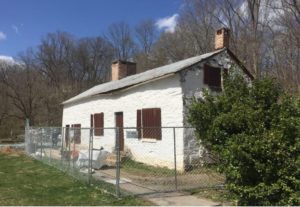
Once renovations are complete, Lockhouse 21 will be available for overnight rentals and educational trips.
Life for the Swains in 1916
The Swain family would have heated their home with wood or coal heat, fetched water from a nearby spring, and used a combination of chamber pots and outhouses. Most of the family’s food would have been raised onsite with some provisions purchased at local general stores. Without supermarkets, the family would have had a highly seasonal diet with very little, if any processed foods. Food would have to be eaten while fresh or canned and preserved on site; they may have used an icebox but did not own a refrigerator. The women of the family would have been responsible for producing the food and clothing. Children would have had very different chores and expectations than those of today, even if they attended school.
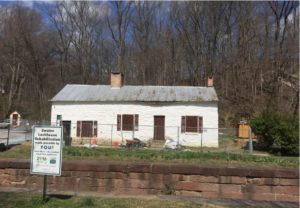
Lockhouse 21 overlooks the C&O Canal and Potomac River.
1916 and Today
The renovation of Lockhouse 21, when complete, invites us to consider life as it was in 1916 and to ponder our own lifestyles today.
What appeals to you about life in 1916? What modern convenience do you rely upon now that you think you couldn’t do without? Please share in the comments!
Author Christine Rai is a college professor in the Washington, D.C. area with a passion for culture, food studies, and experiential learning. She blogs about food, travel, and teaching at www.christinerai.com.





